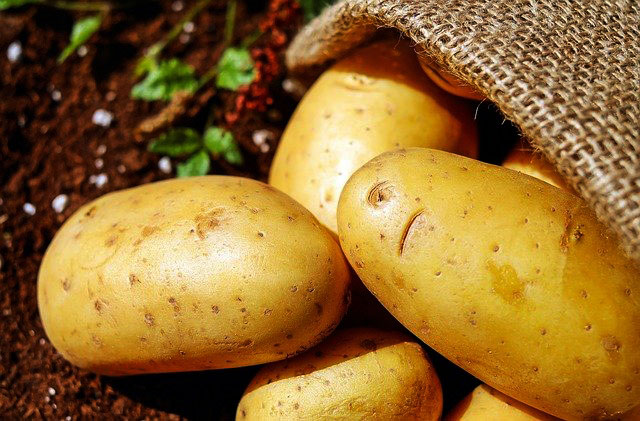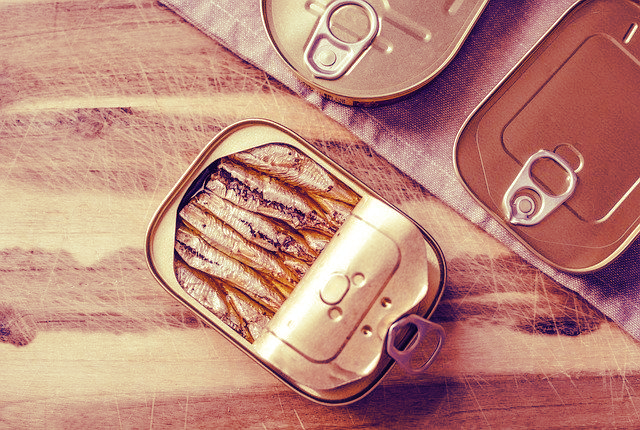The accent. What are we, Prof. Henry Higgins?
According to Alan Davidson, author of the The Oxford Companion to Food (Canada, UK), there were relatively few breeds of chicken in existence until the early eighteenth century, and they tended to be clustered in specific regions. The chicken of choice in Cornwall, England, was the Indian Game Fowl.
In the middle of the 1800s, different breeds of Asian chickens were introduced to Britain (Queen Victoria placed her Cochin chickens from Shanghai on exhibit), and, believe it or not, breeding chickens became something of a popular hobby. According to Davidson, "Imported birds were crossed to see what happened." Breeding also took off in the United States, where the Indian Game Fowl (from Cornwall) was further refined and renamed the Cornish Game.
Commercial breeders on both sides of the Atlantic were looking to produce breeds that had large breasts, fine-textured white meat, and matured quickly. One of the breeds they produced in the US was a cross of Cochin, Dorking, and Malay chickens, which they named the Plymouth Rock.
Clearly it was only a matter of time (around the mid-1900s) before the Cornish Game and Plymouth Rock chickens were crossed, and the result was the small, plump-breasted chicken available commercially today, generally four to six weeks old and weighing up to 2-1/2 pounds.
Under whatever name you find it - Cornish game hen, rock Cornish game hen, perhaps even just game hen - it is likely to be the same chicken. There are very few commercially produced breeds of chicken available.

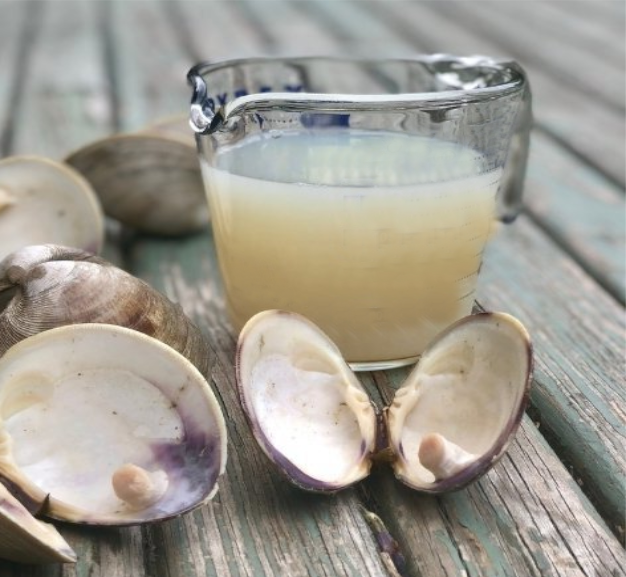


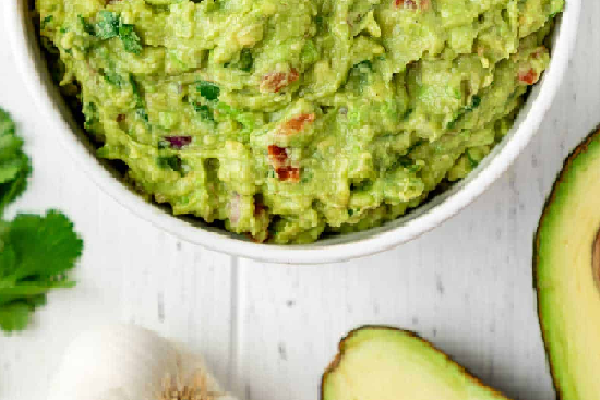



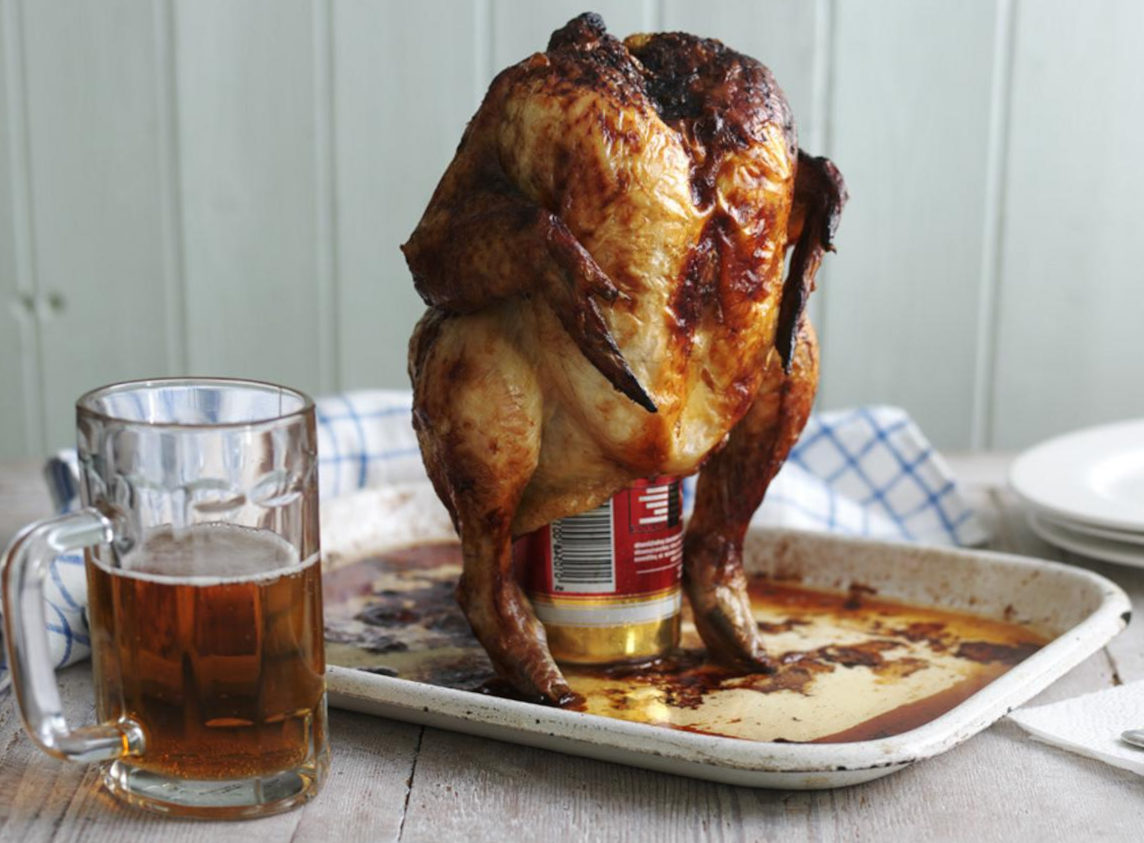

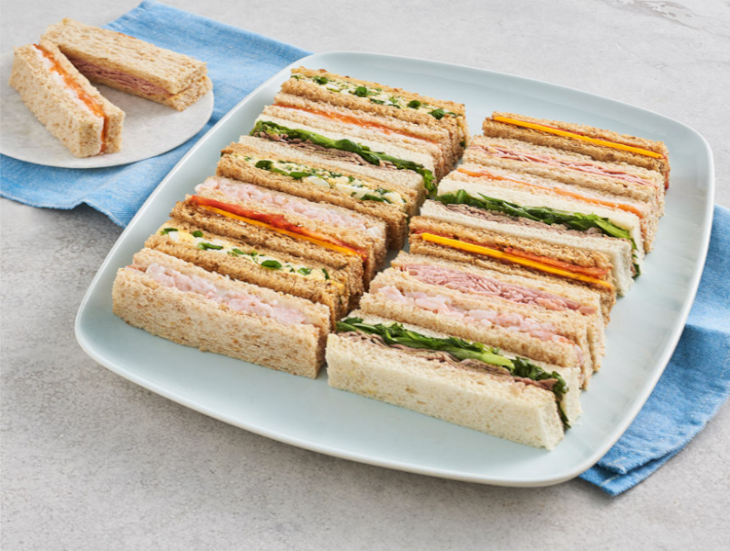



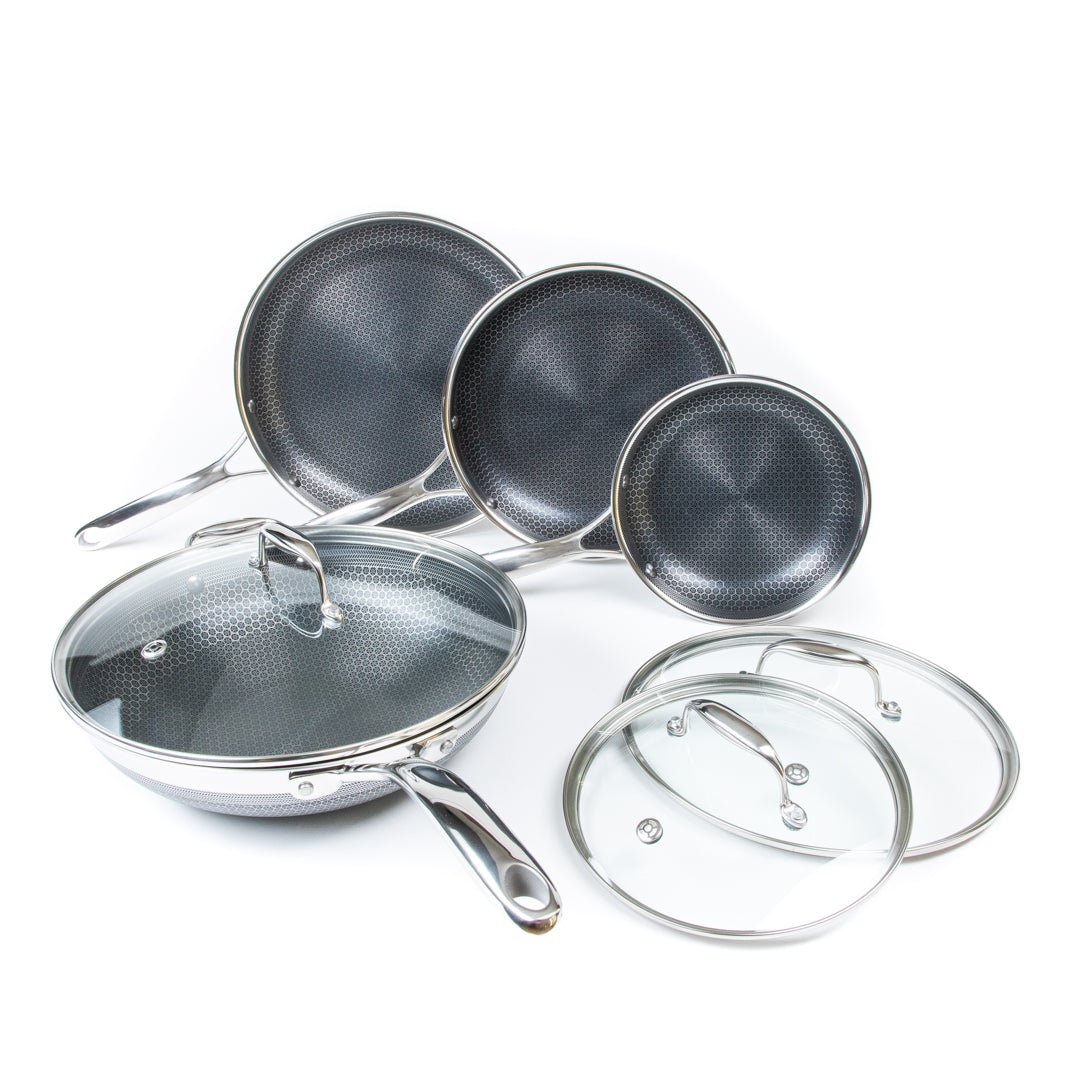


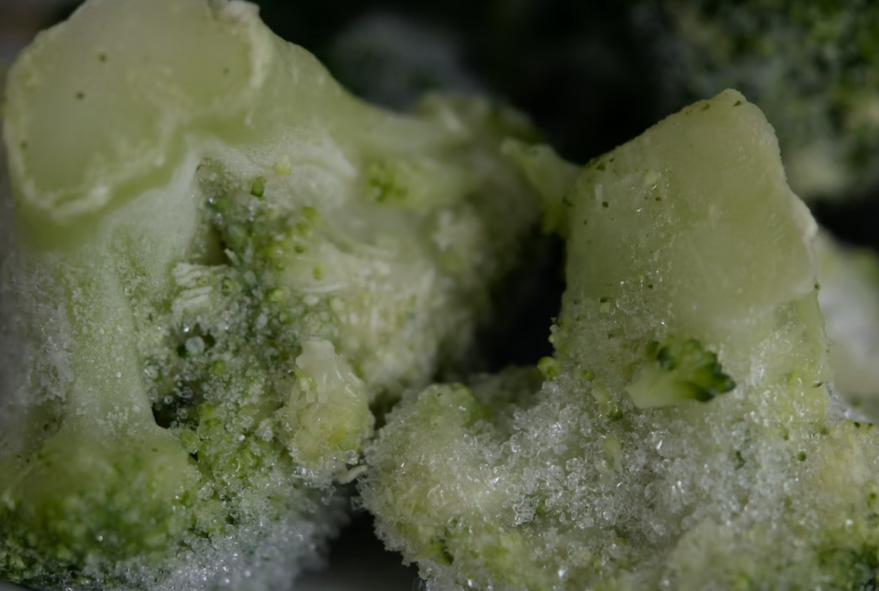



![Can you Cook Eggs in the Microwave? [Complete Guide]](/assets/images/c1f79d1cad59f18f9b5dc31403bd0eb2.png)

